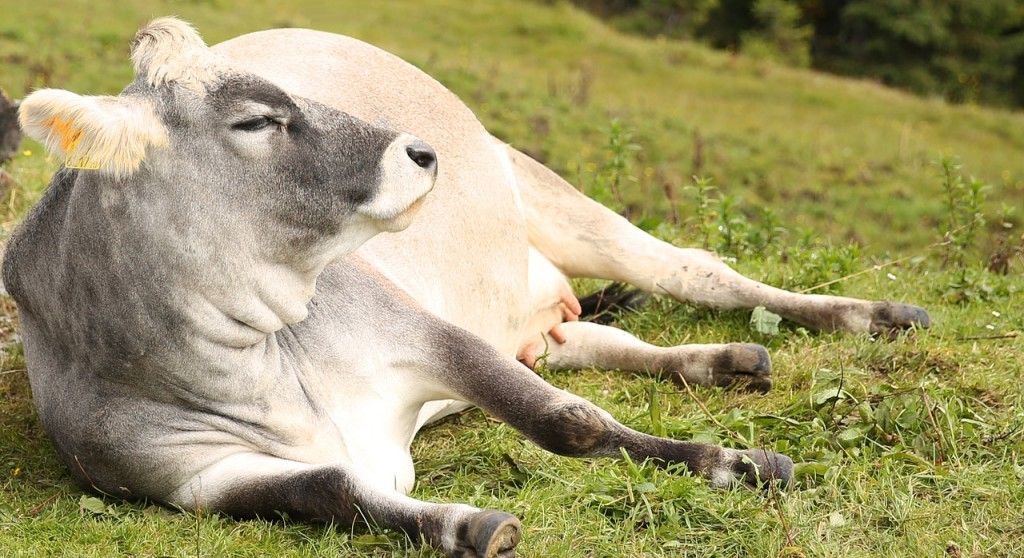
Calving is a difficult and stressful time for even the most healthy, well looked after cow, which is why as a farmer it is essential that you know what you can do to make the whole thing as easy on both mother and calf as possible. As you'd expect, heifers are going to have the most difficulty giving birth, being as it is their first time, but complications can arise no matter how many times a cow has given birth before so you should always be prepared!
However, before we share these seven steps on how to help a cow give birth, it is important to note that you will not always be able to help as much as you'd like to, and if a situation arises that you feel even slightly hesitant about approaching, we strongly advise that you call a veterinarian rather than trying to solve the issue yourself.
A heifer or cow that is about to give birth will separate from the herd and try to find a solitary spot. Chances are you will be aware of which of your cows are pregnant and will be keeping an eye on them anyway, so when you see one moving away from the herd you will know that the time has come.
To begin with the prospective mother will lie down, get up, walk around a bit and then lie down again. As she continues further into labour, you will see a round, yellowish water sack emerge from her vulva, hopefully followed by the calf's two front feet (facing the floor) and – shortly after – its nose.
If the calf does not emerge any further than this after an hour you will need to lend a hand, and the same goes if the calf's feet are pointing up in the air, rather than toward the floor.
Sometimes a birth will go smoothly and sometimes it will not. If your cow needs a hand the first thing you need to do is ensure your own safety by establishing whether or not the mother to be is calm enough to let you near her. If she is then you can skip to step 4, but if she is not then we strongly suggest that you use a head gate to restrain her and that you get her into one as quickly as possible.
Assisting a birth is very hands on, so the first thing you need to do is wash both your arms from your hands to your shoulder. Assuming that you have any, now would be the time to don your gloves (preferably arm-length) and apply a generous helping of lubricant.
Assuming the calf is in a normal position, tie a calving rope or calving chain to the calf's front two legs and pull the calf out and down when the mother is pushing. Do not try to pull the calf out whilst the mother is not pushing as you are certain to harm both the mother and calf.
If the calf's rear legs have breached, rather than its two fore legs, then you will need to act very quickly. Do not bother wasting time trying to push the legs back in and turn the baby around, instead tie your calving rope or chains to the legs and pull it out as fast as you can.
It is possible that the calf will come out in other ways – such as tail first, front legs up, head back, etc. – and in these instances, unless you have had experience in dealing with them, you ought to contact a vet, as resolving these issues can be very difficult and hazardous to the mother, child and yourself.
As soon as the calf is clear of the birth canal you should take steps to get it breathing, which can take between 30 seconds and a minute. You can help by clearing the amniotic fluid away from its nose and then tickling it with some straw, putting water on its ears, or by performing artificial respiration. This is similar to performing CPR on a human, and can be done by extending the calf's head upwards so that its airways are open and then breathing into its nose.
Once the calf is breathing take it to an isolated pen with straw and water. Bring the mother to her child and leave them alone so that the newborn can feed and the mother can clean it. For the best chance of survival, a newborn must feed within the first few hours of life, so if for what ever reason the mother cannot feed her child, you will need to provide it with colostrum manually.
If you are running low on calving supplies and accessories, visit Tanner Trading and get all of the calving essentials that you are missing delivered right to your doorstep.